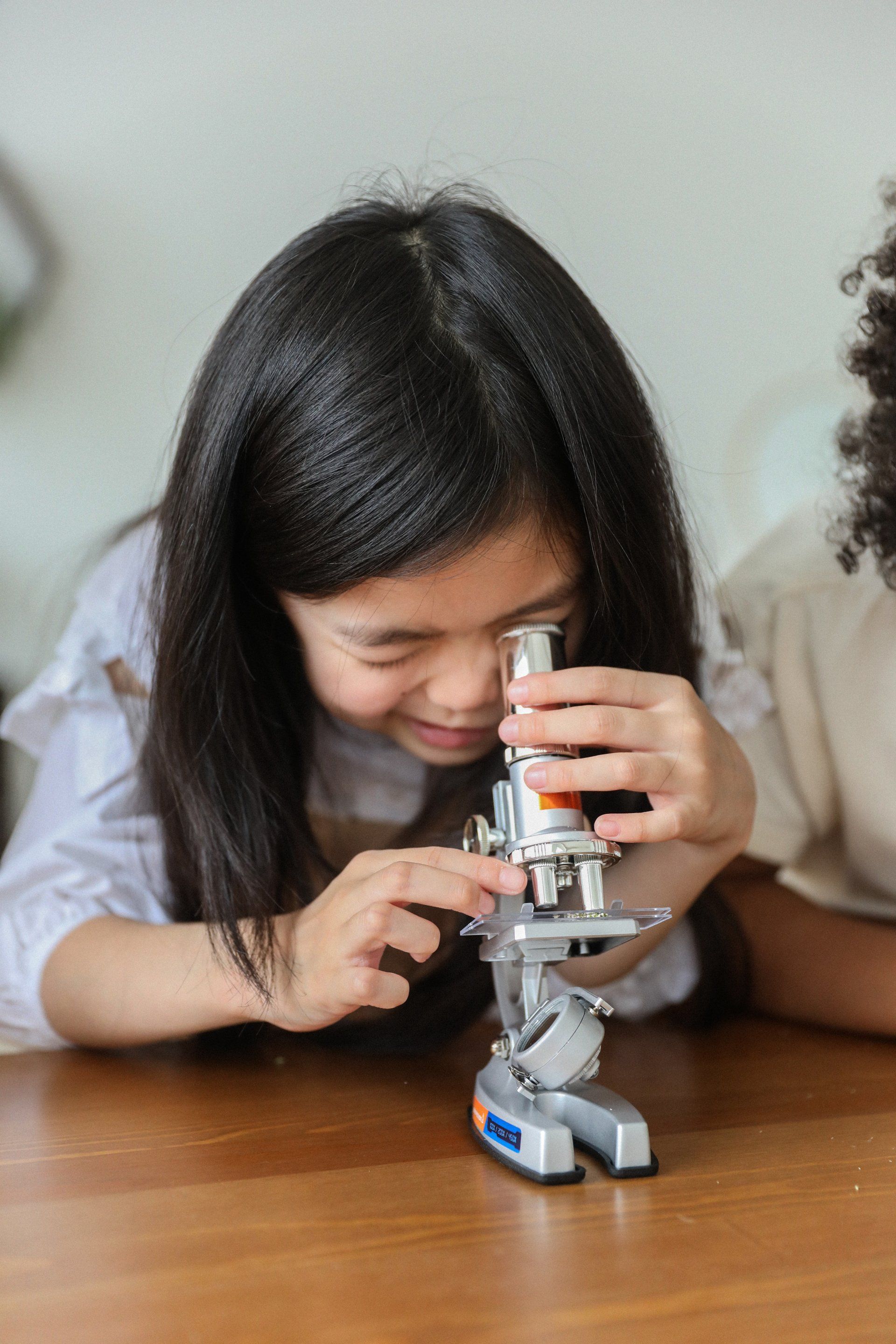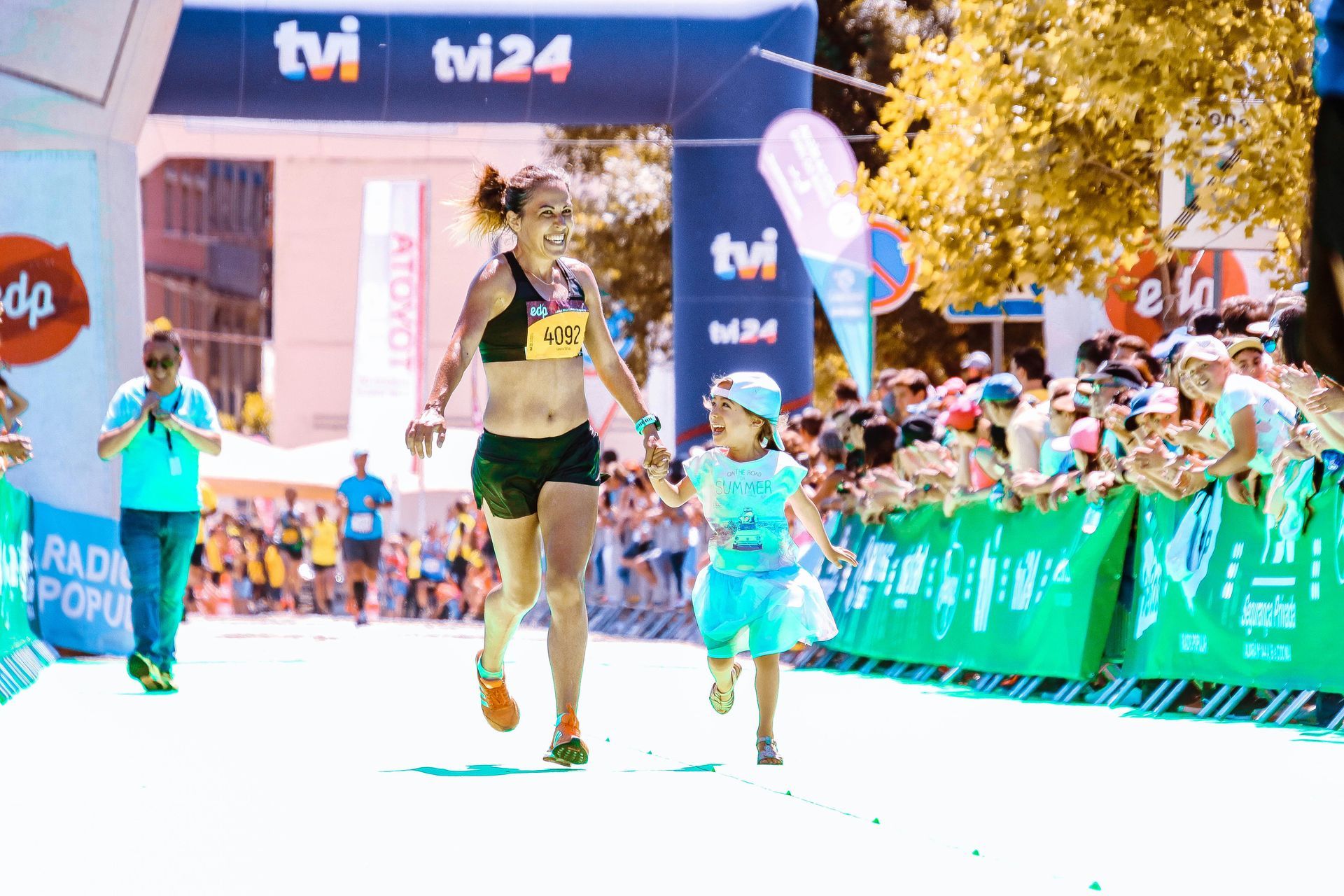A Comprehensive Guide for Safety and Preparedness"
Essential First Aid Techniques Every Caregiver Should Know
As a caregiver, whether you are a nanny, babysitter, or childcare worker, the safety and well-being of the children in your care is your top priority. Accidents can happen at any moment, and having a solid understanding of basic first aid techniques can make a significant difference. This blog will outline some fundamental first aid practices that all caregivers should be familiar with, helping you to respond effectively when an emergency arises.
Understanding First Aid
First aid is the immediate assistance provided to someone who is injured or suddenly taken ill. It aims to preserve life, prevent the condition from worsening, and promote recovery. As caregivers, you will often be the first on the scene when an incident occurs, so knowing how to react swiftly and efficiently is essential.
Basic First Aid Techniques
- CPR (Cardiopulmonary Resuscitation): If a child is unresponsive and not breathing, it is important to act quickly. Call for emergency services and begin CPR immediately. The basic steps include:
- Position the child: Ensure they are lying on a flat surface.
- Chest Compressions: Place the heel of one hand on the center of the chest (just below the nipples) and place the other hand on top. Push down hard and fast, aiming for 100-120 compressions per minute.
- Rescue Breaths: After 30 compressions, give 2 rescue breaths by sealing your lips around the child’s mouth and breathing in to create a seal. Watch for the chest to rise and fall.
2.Choking: If a child is choking and unable to breathe, it’s crucial to perform the Heimlich maneuver.
- For children over 1 year: Stand behind the child, place your arms around their waist, and make a fist just above their navel. Grasp your fist with your other hand and thrust inward and slightly upward. Repeat until the object is expelled.
- For infants under 1 year: Lay the baby face down along your forearm and give up to five firm back blows between the shoulder blades with the heel of your hand.
3.Minor Wounds and Cuts: For minor injuries, follow these steps to manage cuts and scrapes:
- Clean the wound: Rinse with clean water to remove dirt. Avoid using hydrogen peroxide as it can damage tissue.
- Apply an antibiotic ointment: This helps prevent infection.
- Cover the wound: Use a sterile bandage to protect it from further injury or infection.
4. Burn Treatment: For minor burns, the first step is to cool the burn with running cold water for at least 10-20 minutes. Avoid using ice, as it can cause further skin damage. Cover the burn with a clean, non-stick bandage and seek medical advice if needed.
5. Handling Allergic Reactions: Recognizing signs of an allergic reaction, such as hives, swelling, or difficulty breathing, is vital. If you suspect anaphylaxis, call emergency services immediately and be prepared to use an epinephrine auto-injector if available.
Preparing for Emergencies
One of the best ways to ensure you are ready to manage emergencies is to participate in first aid training. Organizations like the Australian Nanny Agency offer specialized close protection training for child carers, focusing on how to respond to various emergencies effectively. Engaging in such training not only boosts your confidence in managing accidents but also equips you with the skills needed to protect the children under your care.
Conclusion
Being prepared for emergencies is a crucial aspect of caregiving. By mastering these basic first aid techniques, you can provide immediate assistance that may save a child’s life or ease their suffering in a critical situation. Remember, when in doubt, don't hesitate to contact emergency services for help. Stay informed, stay prepared, and be the best caregiver you can be.










